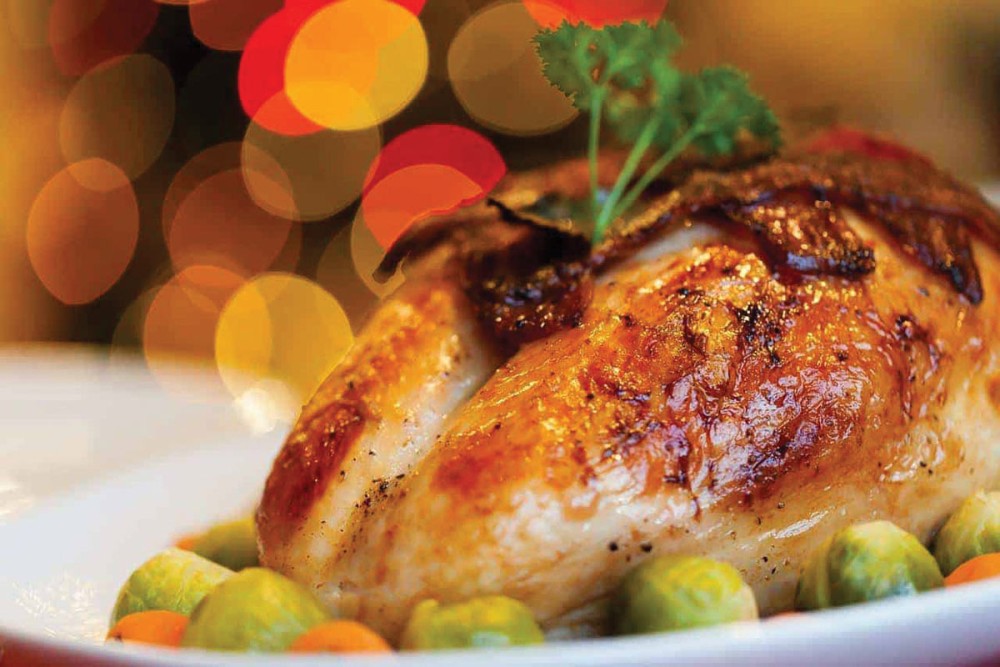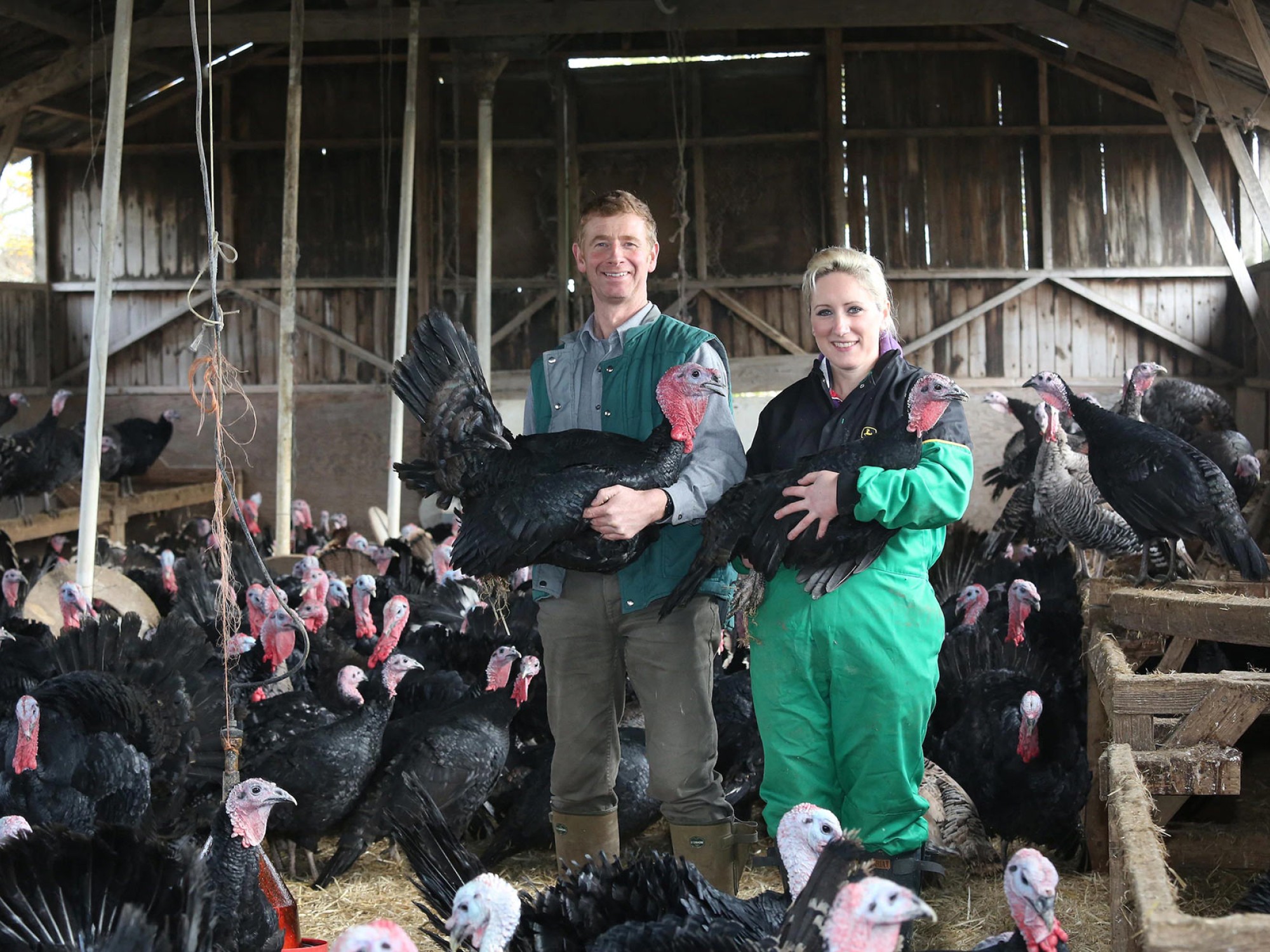
A true taste of Norfolk for a traditional Christmas
It may well be the centrepiece of the most delicious Christmas dinner you’ve ever had, but had it not been for James Graham’s family, the Norfolk Black turkey may have disappeared completely
When you think of a traditional Christmas dinner, your thoughts don’t immediately turn to the 16th-century Spanish conquest of South America. But had it not been for the explorer Pedro Niño trading with the Aztecs, the Norfolk Black turkey (which is one of our most delicious local tastes) may never have appeared on these shores.
More to the point, had it not been for James Graham’s family we almost certainly wouldn’t be able to enjoy it today.
At Rookery Farm in Thuxton just outside Norwich, James is the fourth generation of his family to rear the Norfolk Black, which is generally considered to be the oldest turkey breed in the UK. But in the early 1950s, it was in danger of disappearing completely thanks to a growing demand for cheaper, whiter and more easily-produced meat.
“My grandfather was very concerned about the demise of the Norfolk Black turkey and did everything he could to save the breed from extinction,” says James. “Even back then he recognised the importance of maintaining the purity of the bird and promoting its naturally distinctive flavour.”
A founding member of the Norfolk Black Turkey Club, Frank Peele also helped establish the British Turkey Federation (becoming the first president of the Norfolk branch) and worked with the local Ministry of Agriculture’s research station to set up a breeding programme - which James follows to this day.
“The industry produces almost 30 million turkeys for meat in the UK each year, but we’re probably aiming for around 2,000 birds this Christmas,” says James. “For us, it’s never been about mass-production and raising turkeys for the sake of it. We’re far more interested in promoting and championing the rare breeds that we have here.”
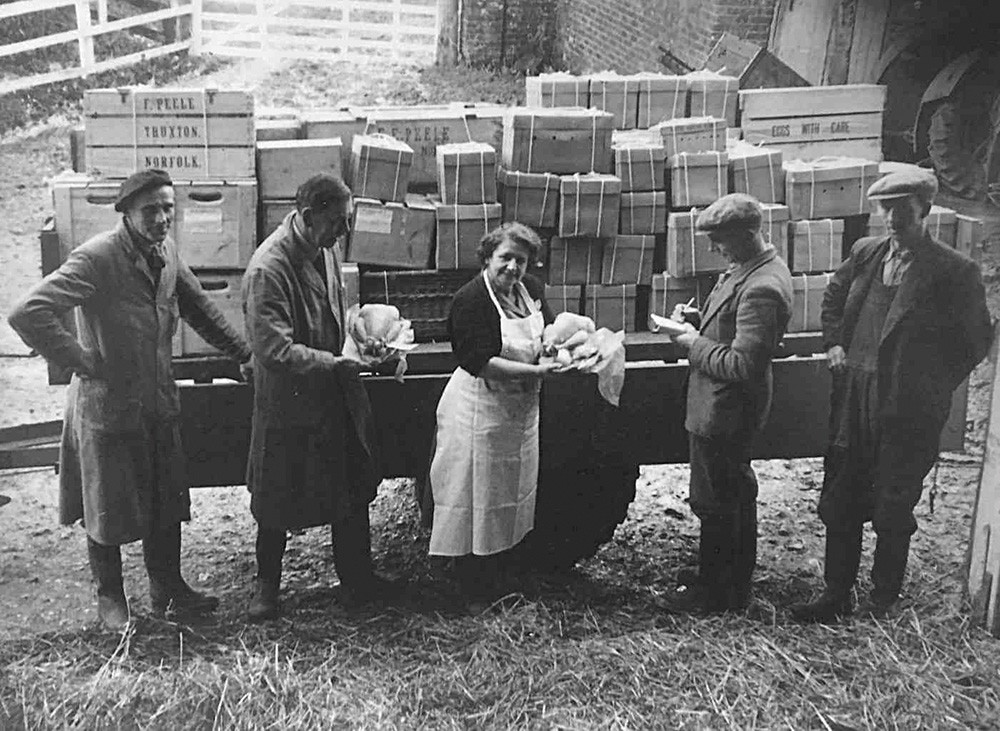
People are often surprised when they try it for the first time. They didn’t think turkey could taste so good - or taste of anything!
A long-standing member of the Rare Breeds Survival Trust, James was named a Rick Stein Food Hero in 2002, reached the top three in the BBC National Food & Farming Awards, and has been featured regularly on television in everything from Great British Railway Journeys to Ade in Britain.
In addition to the famous Norfolk Black, his farm is also home to five other rare breeds of turkey - the Cambridge Bronze, Bourbon Red, Narragansett (“they’re probably the wildest birds we’ve got!” he says), Lavender turkey, and the Cröllwitzer, more commonly known as the Royal Palm turkey. All are reared on a diet largely grown on James’ arable fields, and there isn’t a commercial or hybrid breed in sight.
But it’s not all about heritage and preserving the past. At the end of the day there’s a very real difference.
“Commercial strains have been genetically developed to grow very quickly and put on as much meat as fast as possible,” says James. “That has a very real impact on the quality, the texture and the flavour of what you serve at your Christmas table.”
It’s a telling point. Most people’s experience of turkey is of a dry, crumbly meat that’s difficult to carve and requires a strong accompanying sauce to bring out any flavour. James’ Norfolk Black turkeys are (to coin a phrase) a bird of a different feather entirely.
The meat is more compact and dense. It’s naturally moist, thanks to the birds’ more natural development. It can be carved wafer-thin without any problems. And it tastes exquisite.
“To me it’s more like a game bird than anything else,” says James. “It’s a ‘real’ flavour, and people are often surprised when they try it for the first time. They didn’t think turkey could taste so good - or taste of anything!”
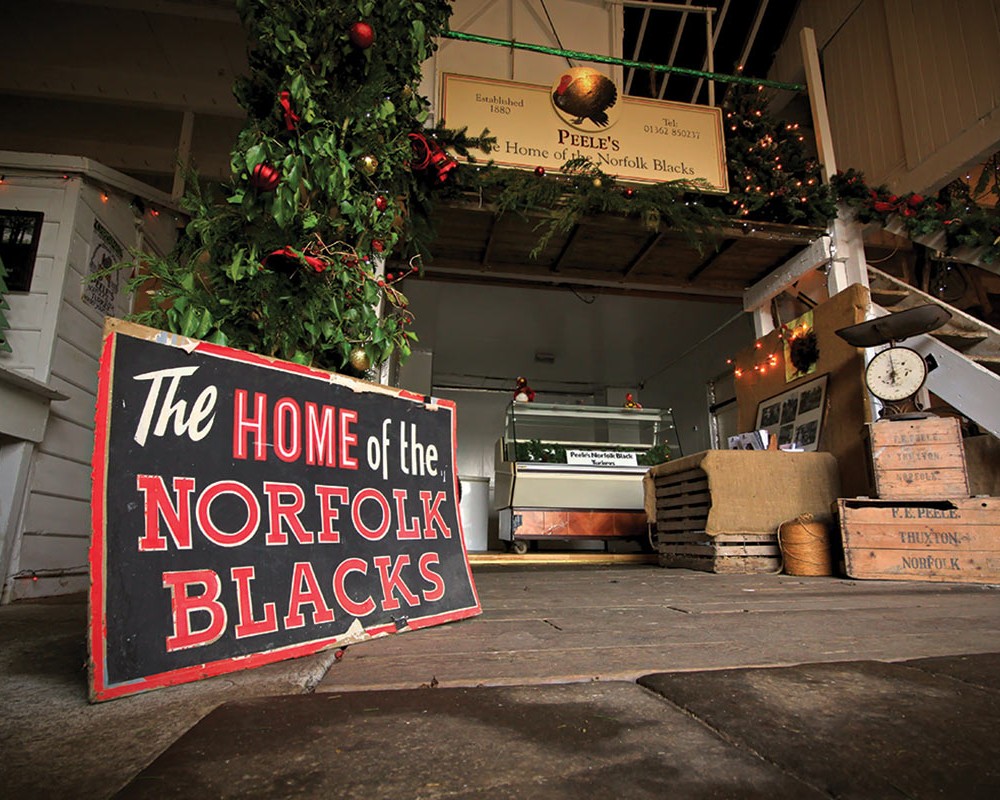
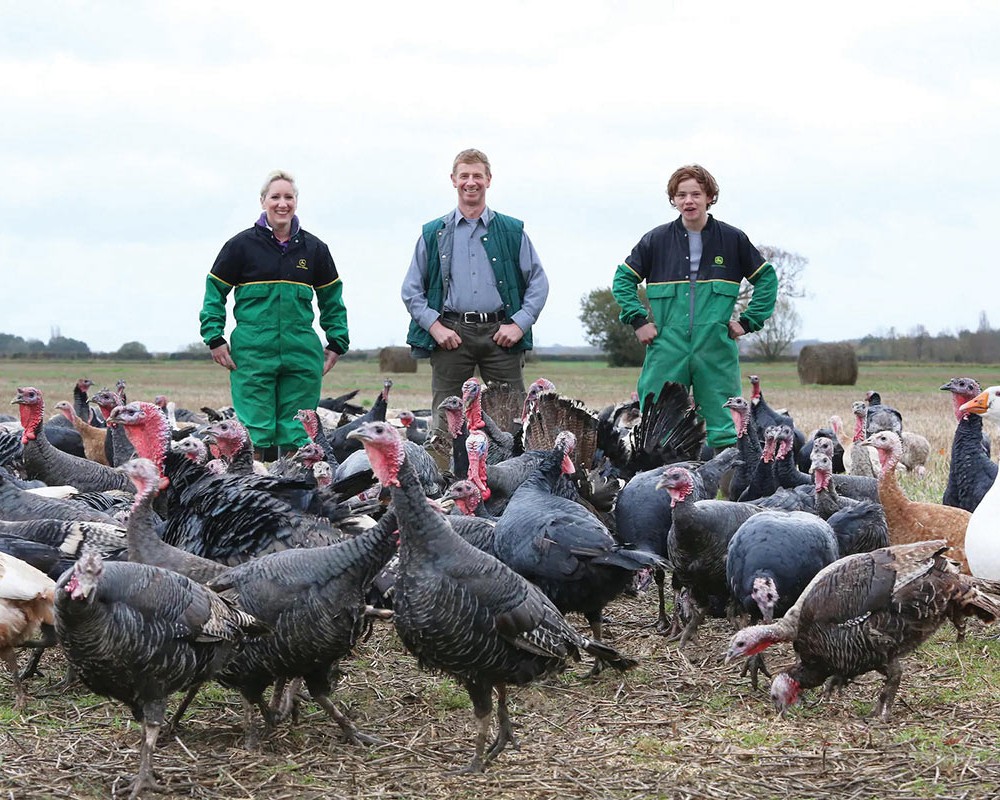
Even though the rise of veganism and vegetarianism has had an inevitable impact on the meat industry, James is encouraged to see a similar growth in the interest for locally-reared, locally-produced, and locally-prepared foods.
“I don’t deal with supermarkets and I only work with a very few local butchers,” he says. “Our turkeys go all over the country, but many people still prefer to collect them in person from the farm on which they were born and raised.”
James’ turkeys are freshly dressed the day before they’re collected or delivered, and are supplied with cooking instructions and the (vacuum-packed) giblets for people wanting to make authentic stock and gravy.
There are no prizes for guessing for what James will be having for dinner on December 25th, but he’s keen to point out a turkey isn’t just for Christmas.
“We’ll use Norfolk Black turkey throughout the year in all sorts of ways - in casseroles, pies and stir fry dishes,” he says. “It’s really versatile, it tastes amazing, and it’s produced in a fully sustainable and natural way.
I can’t think of anything better.”
Peele’s Norfolk Black Turkeys can be ordered until the second week of December and are available by mail order or by collection in person. For more details, please visit www.peeles-blackturkeys.co.uk
Team photos: © John Lawrence
How to cook a Norfolk Black Turkey
Peele’s Norfolk Black turkeys are hung for seven days, and therefore need a shorter cooking time. For the best flavour allow approximately 10-12 minutes per pound in a conventional oven, and adjust accordingly for fan-assisted or non-conventional ovens.
Rinse your turkey with cold water and pat dry with kitchen towel. Set in a large baking tray and smear with butter, good dripping or a few rashers of streaky bacon
Season with salt and pepper, cover with kitchen foil and cook in a preheated oven at 180°C/350°F/Gas 4 for 30 minutes.
Lower the temperature to 150°C/300°F/Gas 2, and baste the turkey once every hour. For the last 30 minutes increase the temperature back to 200°C/400°F/Gas 6 – this helps draw the flavour and moisture back from the bone.
Uncover the bird for the last 15 minutes to brown. The turkey is cooked when its juices run clear when pricked with a knife.
Allow to rest for half an hour before carving. The meat closest to the bone should still be light pink in appearance.
Although it’s a matter of choice, serve your turkey with Brussels sprouts, honey-roasted parsnips, carrots, potatoes, stuffing and gravy.
